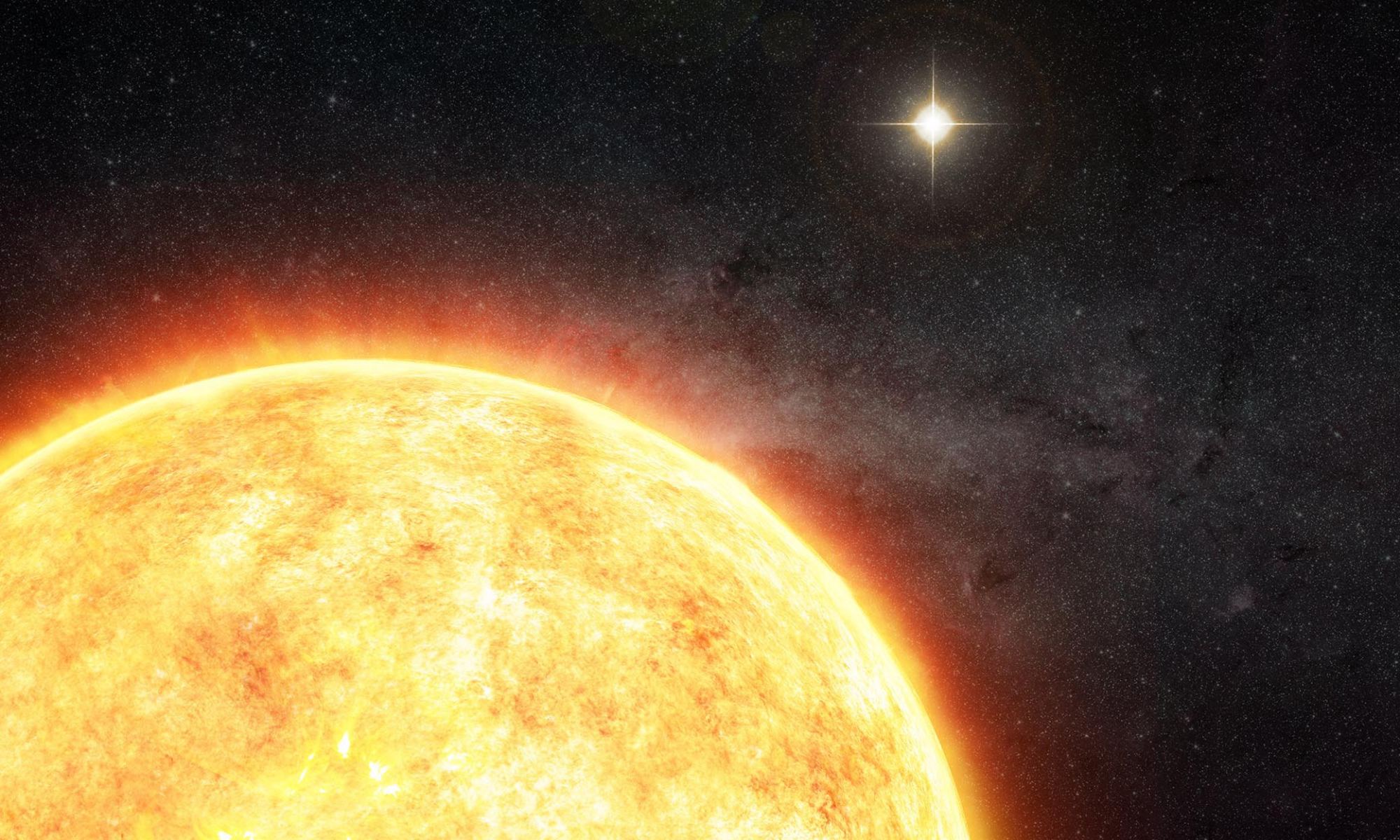In this series we are exploring the weird and wonderful world of astronomy jargon! You’ll feel balanced with today’s topic: hydrostatic equilibrium!
Hydrostatic equilibrium is a state of balance between gravity, which wants to pull things together, and pressure, which wants to blow it apart. It appears a lot in astrophysics, from the Earth’s own atmosphere to gigantic clusters of galaxies.
The word “hydro” appears because the concept was first studied in the context of fluids, but it can apply to concepts like the composition of rocky planets. The word “static” implies that once this state is achieved, it’s going to hang out like that for a long time.
The Earth’s atmosphere is in a state of hydrostatic equilibrium. The gravity of the Earth is constantly pulling the atmosphere down. If nothing could resist it, all the air around the Earth would compress down into a thin shell. On the other hand, the atmosphere is warm, and that warmth has a pressure associated with it. With only the pressure, our atmosphere would blow off into space.
The inward pull of gravity balances the outward pressure, and the two are locked. In the end, the atmosphere stays nice and thick…and exactly where it is.
The same thing happens to clouds of interstellar gas and dust. These nebulae can maintain hydrostatic equilibrium for millions of years, but if they become disturbed or acquire too much mass, gravity can win and they begin to collapse, forming stars in the process.
On the very largest scales, entire galaxy clusters maintain hydrostatic equilibrium. The plasma that fills the space between galaxies, called the intracluster medium, is incredibly hot. It would all collapse into the center of the cluster if it wasn’t able to support itself from its own pressure.
The concept of hydrostatic equilibrium figures prominently in the definition of a planet. Objects that are too small don’t have enough gravity to pull themselves into a spherical shape. However, larger objects, like the Earth, can achieve it.
Lastly, stars themselves are in hydrostatic equilibrium, which allows them to shine for billions of years or longer. The outward pressure generated by the energy of the fusion reactions balances the pull of gravity. If the star were to begin fusing too much hydrogen, the extra energy would puff the star out, reducing the amount of fuel and lowering the fusion rate, returning the star to equilibrium.

